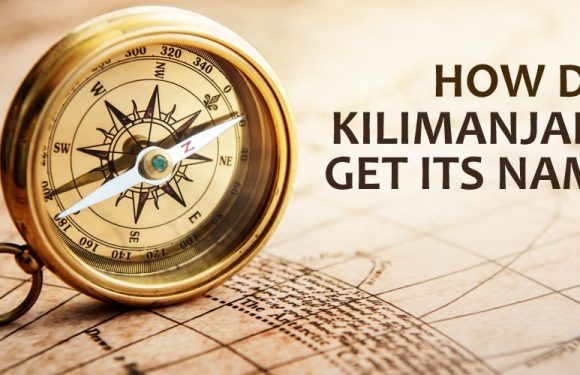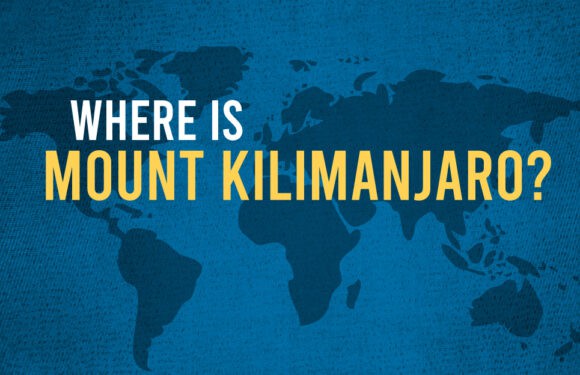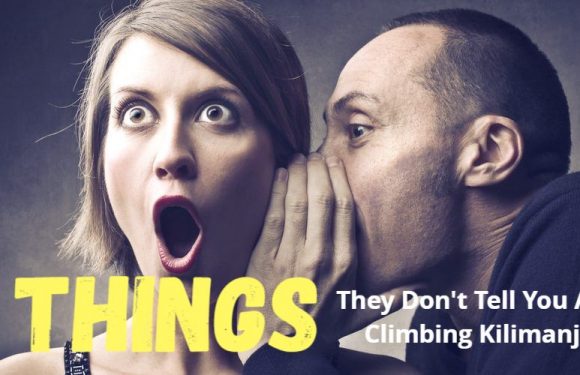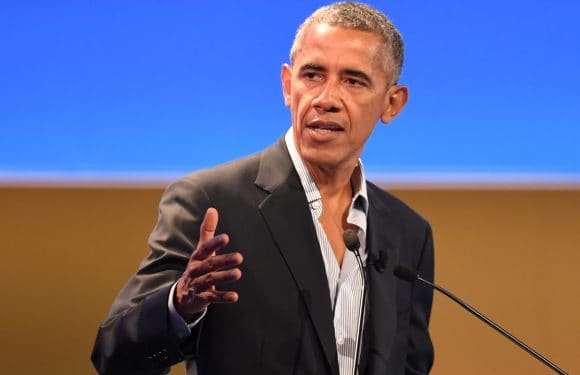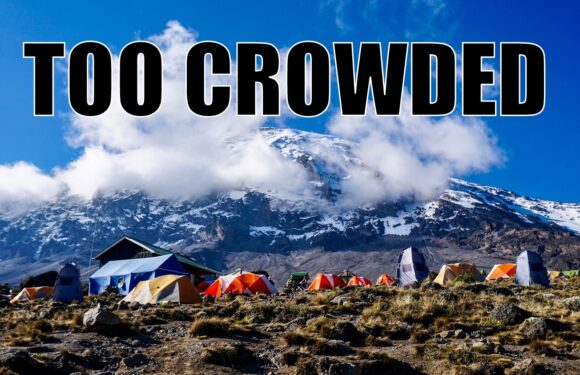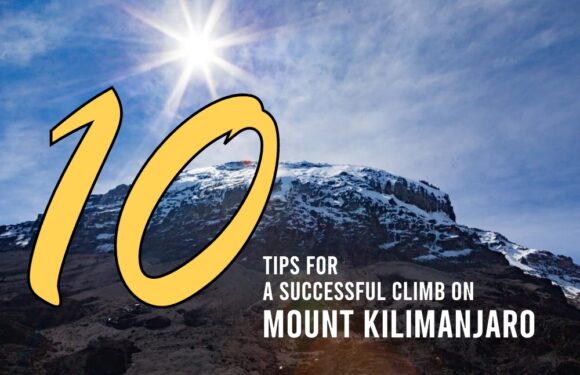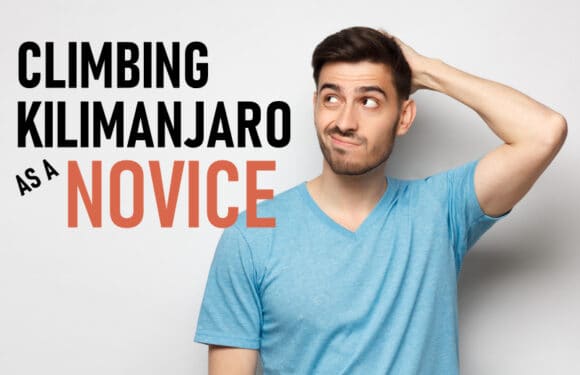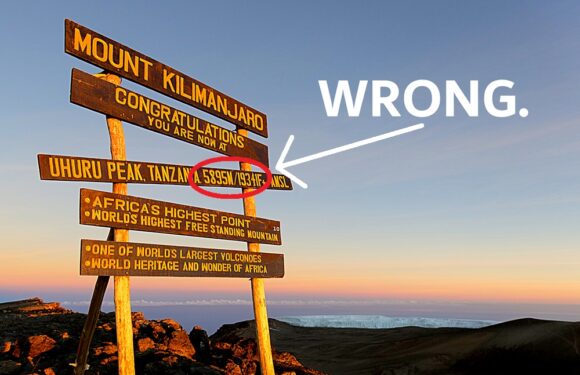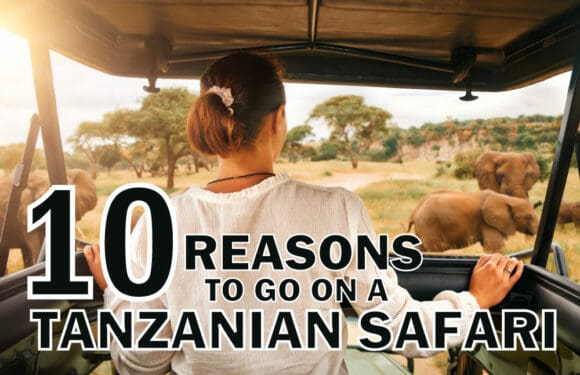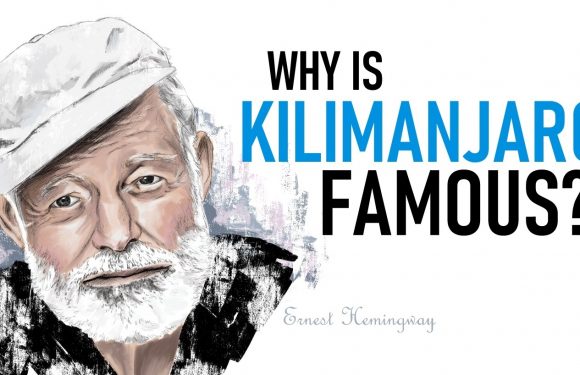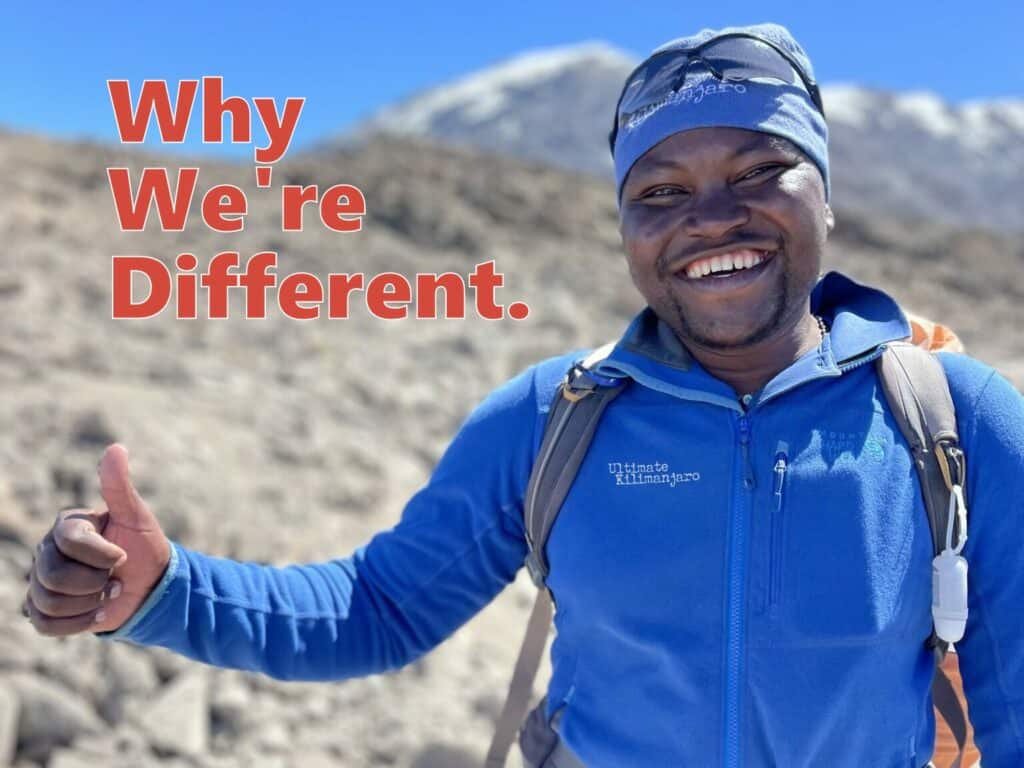
It’s tempting to think that Kilimanjaro guide services are a commodity.
Aren’t all operators the same?
No, they’re not.
There are drastic differences between the best and the worst Kilimanjaro operators.
Ultimate Kilimanjaro®, the #1 guide service on Kilimanjaro, is one of the most respected companies in the industry. Since 2007, Ultimate Kilimanjaro® has guided more than 15,000 clients on Mount Kilimanjaro, Africa’s highest peak. However, our success is not measured by how many people we take to the summit, but how great of an experience it is for all climbers.
“We strive for continuous improvement,” said Adam Collins, Expedition Coordinator for Ultimate Kilimanjaro®. “Early on, we sat down and looked at everything from top to bottom with a critical eye, and what we’ve come up with is truly the best experience for our clients.”
It is confusing for a customer to discern the differences between the hundreds of operators. In this article, we hope to shed some light on how we take care of our clients.
1. Elite Guides
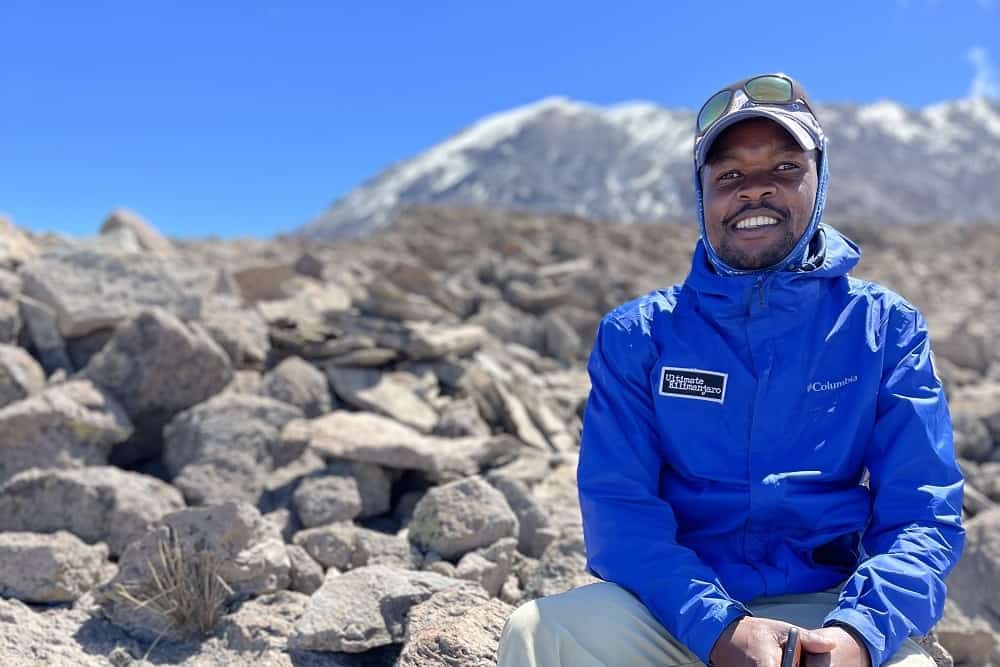
If you visit any Kilimanjaro company’s website, it’s a given that they’re going to claim to have best guides.
Realistically, with the sheer number of operators on the mountain, that can’t be true. The most talented, knowledgeable, high performing guides are highly sought after, and only work for a very small number of outfitters.
Who are these outfitters? The ones that have enough customers to keep them busy, pay them a substantial salary, and treat them well. Ultimate Kilimanjaro® proudly meets all of these requirements. With over 1,000 clients a year and one of the highest paying companies, we get to handpick the best guides in the industry to work with us. Most of our staff has been employed by us for many years. That means you get the best, most skilled and reliable guides on the mountain.
Unfortunately, most Kilimanjaro operators have average to mediocre guides leading their climbs. Without a consistent work schedule with a high number of customers, the best guides will leave them for top companies like us. We are one of the largest and most reputable operators on Kilimanjaro.
2. Top Brand Tents

“These are serious tents, built for the toughest alpine conditions. They are perfectly suited for the weather on Kilimanjaro,” said Collins.
Lesser companies use cheaply made, flimsy, off-brand tents that do not hold up well to extreme conditions. Unfortunately, climbers may not be aware of this until it’s too late. They’re already on the mountain. It’s cold and raining – and their tents are leaking.
3. Daily Health Checks
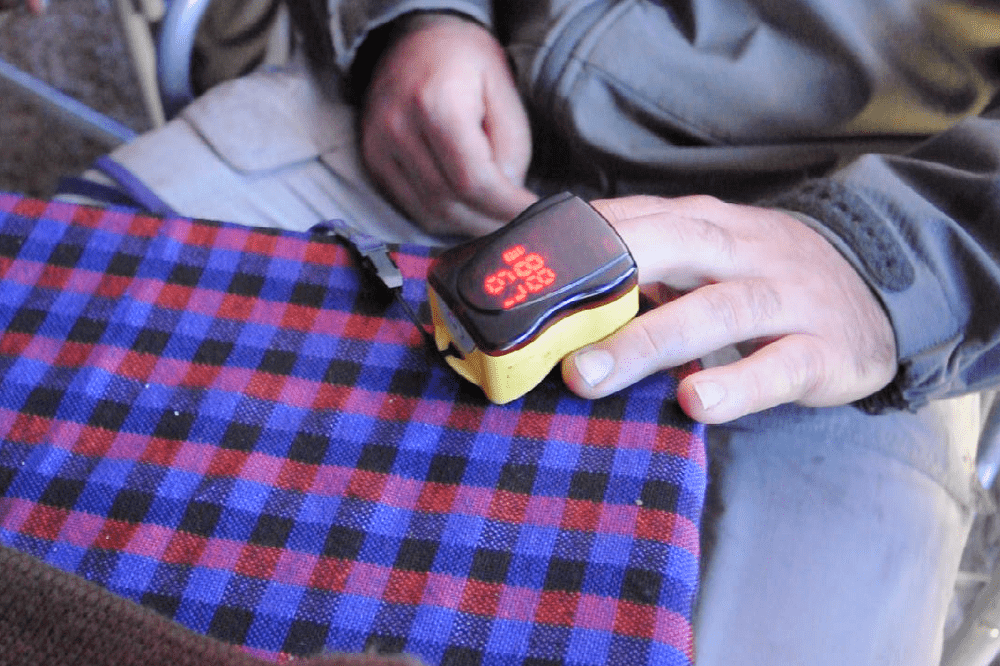
Ultimate Kilimanjaro® guides are certified Wilderness First Responders. They constantly monitor climbers throughout their journey. Twice daily, health checks are performed with the assistance of a pulse oximeter, a handheld device used to measure oxygen saturation in blood. Additionally, climbers are evaluated based on the Lake Louise Scoring System for detection of altitude sickness.
“Our staff is experienced in handling all kinds of circumstances on the mountains,” said Collins. “Everything from foot blisters to severe AMS, they’ve seen it all.”
We carry bottled oxygen on every climb. Emergency oxygen is used to treat climbers with moderate or severe altitude sickness. It’s a basic safety measure that all operators should provide.
Most outfitters do not carry oxygen for their clients. And when they do, there is a real chance the system does not work or the guides do not know how to use it. Our guides regularly assist other teams on the mountain who are unprepared or unequipped to manage emergencies. And while most companies now use pulse oximeters on the mountain, without an understanding of how to interpret the readings, it’s just for show. It gives the impression of safety and nothing else.
4. Fresh Food
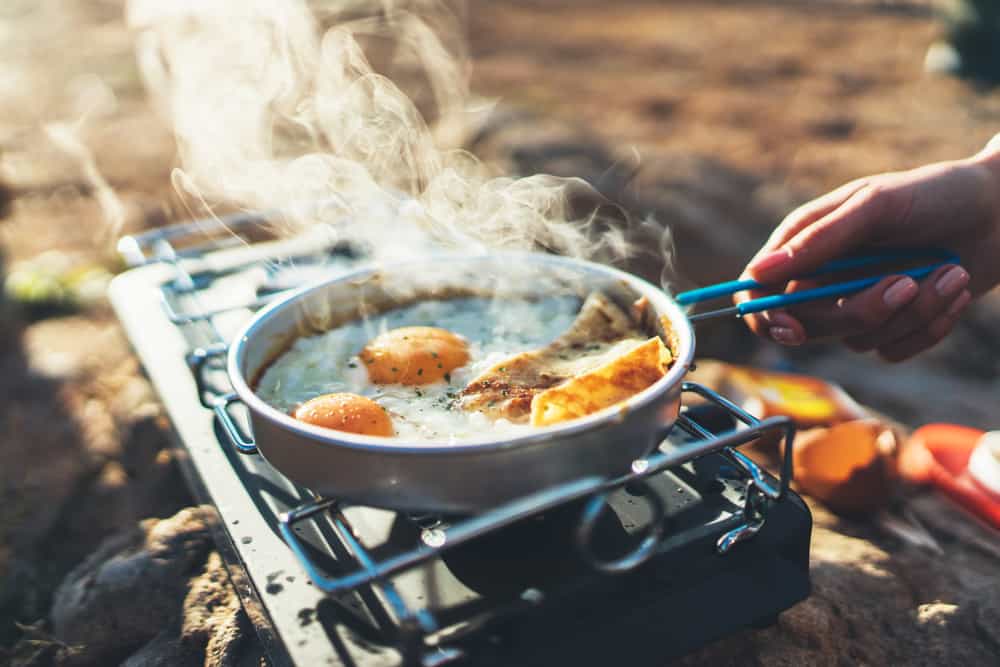
The food served on Kilimanjaro is made with fresh ingredients, carried by porters and prepared by mountain chefs. The menu consists of a variety of entrees and tastes intended to keep energy levels high after a hard day’s hike. Food is resupplied to climbers on longer itineraries so climbers have ample fresh food.
Most of our clients are surprised by the high quality and ample quantity of food that is served.
“One of the symptoms of altitude sickness is a loss of appetite,” noted Collins. “That’s why it’s important to provide tasty dishes, so that people will eat even if they don’t feel hungry.”
Many companies simply do not provide the right nutrients to sustain the effort required to climb Kilimanjaro. Often their meals are cold “box” lunches, where the brunt of the calories are empty, tasteless, and hard to digest. Their meals might also be prepared in unsanitary conditions, making food illness a possibility.
5. Fair Compensation
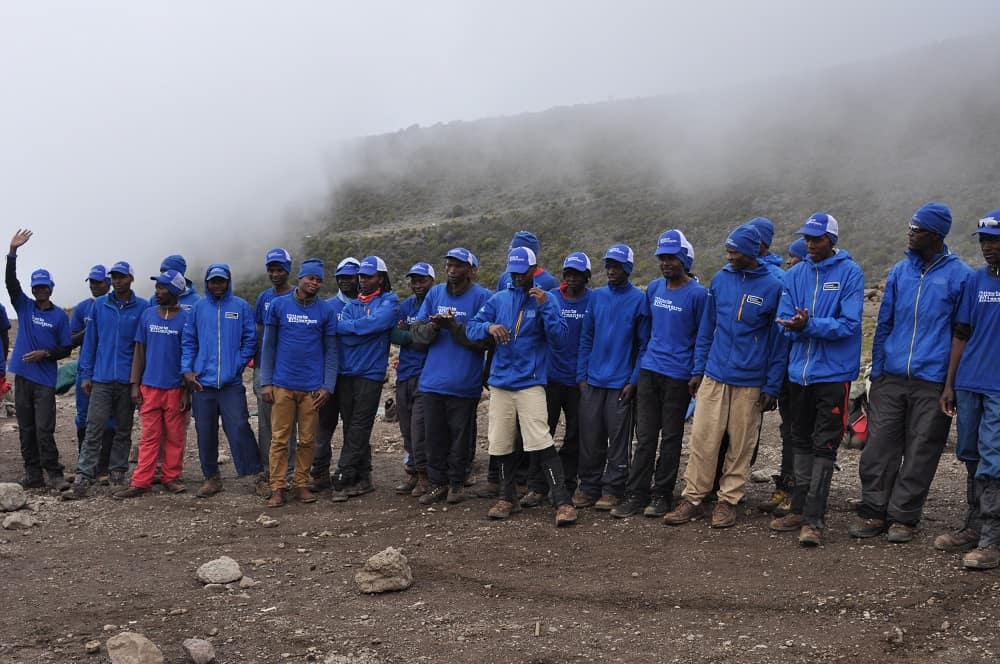
Just like we take care of our clients, we also take care of our amazing staff.
“Climbing Kilimanjaro is a team effort,” Collins stated. “Without guides and porters, there are no clients. There are no operators. It’s in our best interest to see that everyone is treated fairly.”
As one of the strongest supporters of the Kilimanjaro Porters Assistance Project (KPAP), Ultimate Kilimanjaro® guides and porters receive far more than the standard compensation than those working for other companies. In fact, we are one of the highest paying companies in the industry. We know that in order to have the most talented personnel, we need to keep our workers happy, healthy and financially comfortable.
When faced with the pandemic, we operated at a loss for many months so that our staff could continue to have income. Unlike other companies, we did not cancel a single climb. We could have canceled all the bookings for the year and saved money. But we wanted to help our team as much as possible even if it meant incurring added expenses.
Most operators have poorly paid crews (non-KPAP members) which can lead to many problems. The most obvious is that their staff is going to be less experienced and less skilled overall. The service you receive with a budget operator logically cannot compare to that of a leading operator. Additionally, crews that receive little compensation for their work can be tempted to cut corners, lie, cheat or steal for money.
6. Our Reputation of Excellence
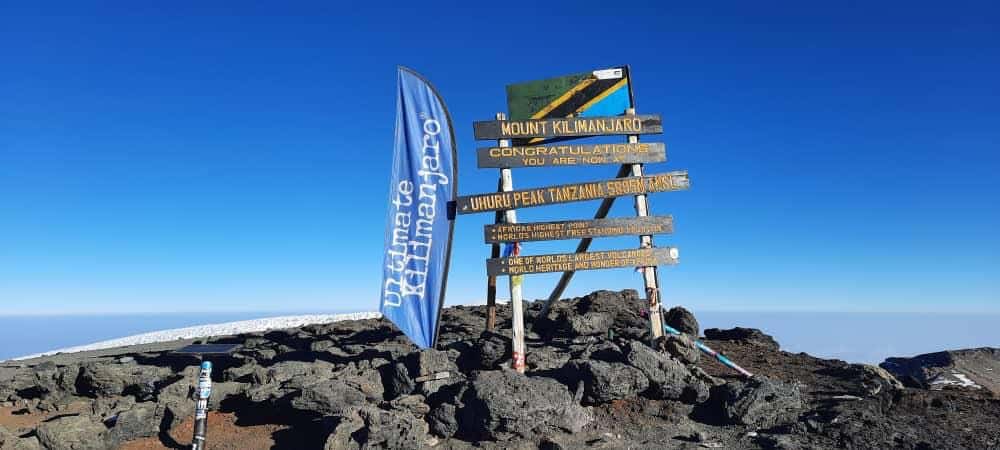
Ultimate Kilimanjaro® is an authoritative expert in the industry.
Because of our reputation as the #1 guide service on Mount Kilimanjaro, we are cited in the media on a regular basis. Our clients have been featured everywhere from magazines, television, newspapers, books and movies. Also they have included everyone including children, seniors, those with disabilities, charity climbers, celebrities, film makers, senators, ambassadors, authors and journalists.
“I invite everyone who is interested in climbing Kilimanjaro to check us out. We have built our reputation slowly over many years, client by client. We have no intention of stopping. We’re only going to get better,” said Collins.
Unfortunately, on Mount Kilimanjaro the number of deficient companies far outweighs the number of good companies. Out of the 200+ operators in existence, we would struggle to name more than 15-20 solid, established, well-run companies. Do your due diligence when choosing an operator and NEVER pick a company solely based on price.











































